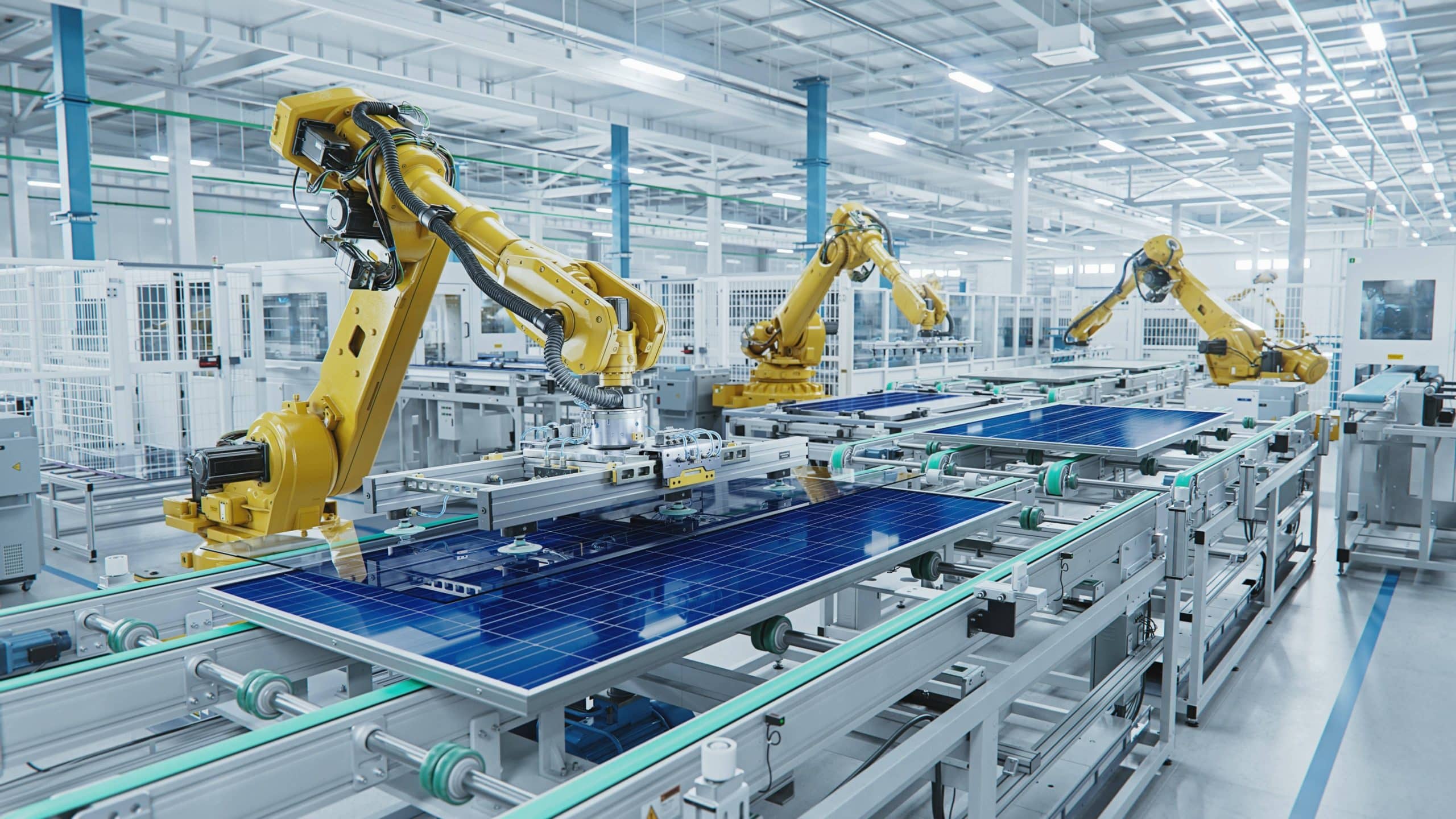Naver, one of the largest and most popular internet companies in South Korea, recently reported introducing a line of 100 robots on wheels into its office.
While this may sound dystopian, he robots, known as Rookies, aren’t quite as useful as they may seem. They are still quite impressive, however, as they can roam the 36-story building, fetch coffee for the company’s employees, and assist similarly. At this time, the ‘Rookies’ are mostly delivering meals, coffee, various parcels, and alike between workers.
This may not be the game-changer that many expect the revolution of worker robots to be but this is clearly only the beginning. When these testaments to the incredible advancement of AI are combined with the newest extraordinary AI models there is no telling what they will be able to do.
Naver’s Rookies Capture the Attention of Executives Worldwide
While many workers fear the advancement of worker robots, executives simply can’t wait to pad their companies’ bottom lines by cutting human labor from the picture. Naver has the attention of top bosses globally as it has been trying to integrate service robots into office life for over a year.
Naver’s Rookies are powered by the company’s cloud system, which allows it to see, recognize, and operate. The firm has succeeded and is ready to export its 5G-based cloud robotics technology.
There is also no shortage of interested parties, as businessmen from Saudi Arabia, Japan, and numerous European countries have expressed interest in trying out Naver’s system.
Seok Sang-ok, the chief executive of the firm’s research and development unit, Naver Labs, stated that not many companies worldwide can offer this high-quality robot service at the same scale as Naver.
Naver had to ensure seamless cooperation with its affiliates for everything to run as smoothly as it does today.
In addition, the company found itself with the right tools and services, as it also offers a search engine, online shopping, and social networking, all of which allowed it to experiment with different robot technologies and services.
Is the Robot Revolution Here Yet?
Similar to Amazon, Naver also sells products online and has a significant cloud business of its own that enables the Rookie project. It also spends nearly a quarter of its yearly sales on research and development.
The company has developed a digital twin technology, which revolves around a 3D scan of buildings and even entire cities, which allows robots to recognize their surroundings. From then on, they must find the most efficient routes to deliver their packages.
Naver also says they are not expensive, as they use ordinary video cameras and do not require advanced processors and navigation tools. Seok added that the company has tested robots for more than a year and has gathered a lot of data regarding human interactions with them.
The firm intends to focus on exporting IT services and improving the use of robotics tech with the cloud in the next several years.
However, it might take a while until Naver’s robots become a regular sight in other nations and locations worldwide. Korea Institute for Industrial Economics and Trade’s Park Sang-soo said that Naver faces specific export challenges.
He explained that the company’s robots work well in its offices because the building was designed to accommodate them. However, the company has to consider the non-technological factors of its target countries, such as regulation and IT infrastructure.
South Korea Is Making Itself a Robotics Haven
According to the International Federation of Robotics, South Korea has a thriving domestic robot industry and the highest robot density in the world.
The country has around 1,000 industrial robots per 10,000 manufacturing employees. That exceeds Japan, China, and the US. More and more, robots are becoming a part of day-to-day life in the country,
Naver itself played a significant role in recent developments, such as the opening of the largest data center in Asia, which happened only last month. The idea is to accelerate its push into cloud and AI technologies.
While it is a tech powerhouse, South Korea is still weak in software development, and its tech exports are confined to hardware, like chips, EV batteries, and other electronics.
